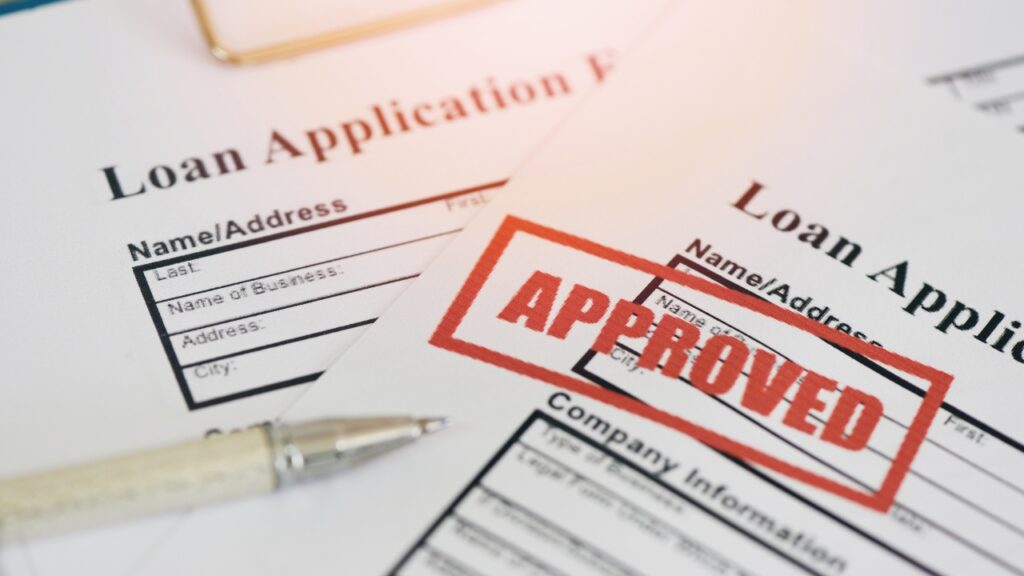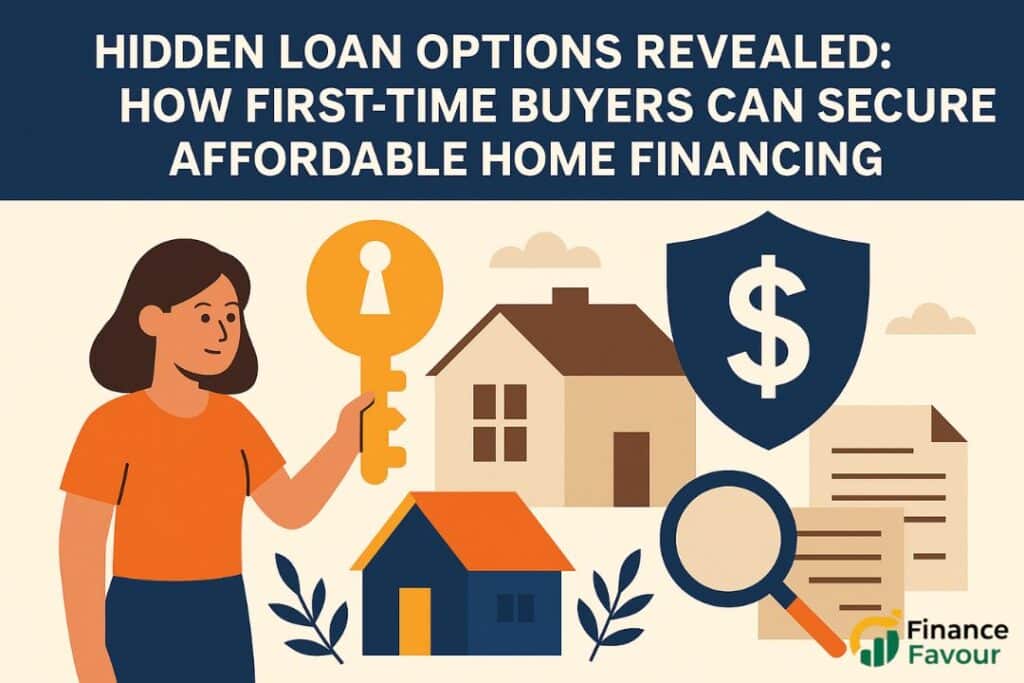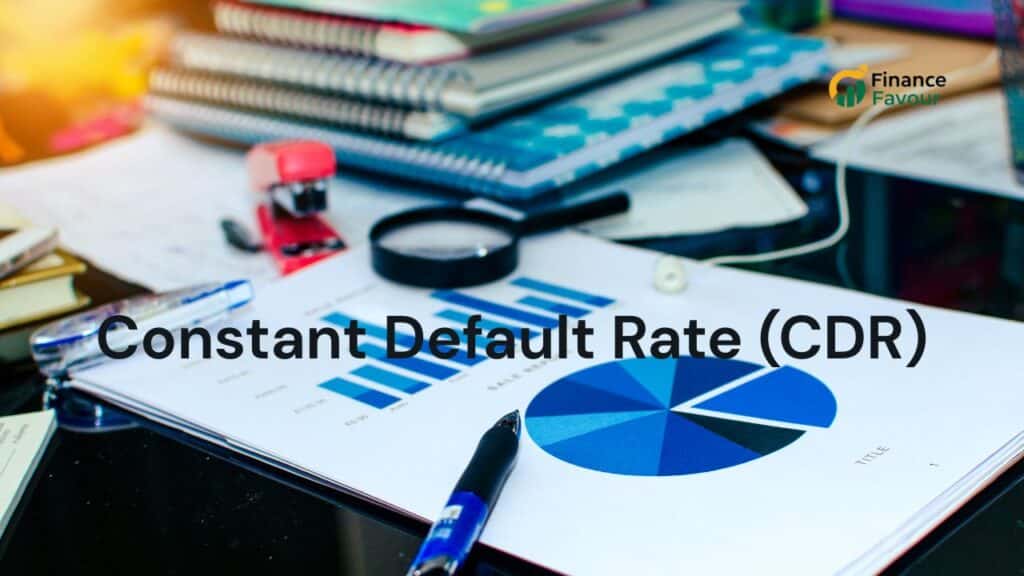Navigating the complex world of mortgages can be daunting, especially when considering options like the 125% loan, also known as a piggyback mortgage. This unique home equity financing solution allows homeowners to borrow up to 125% of their property’s value, offering a lifeline for those looking to manage debt or undertake significant renovations. Understanding the advantages of the 125% loan, as well as its potential drawbacks, is crucial for making informed decisions in today’s real estate market. In this article, we aim to demystify the intricacies of this financing option, providing valuable insights and strategies for homeowners, mortgage advisors, and real estate investors alike. As trusted experts in the field, we are here to guide you through the pros and cons of this mortgage option and help you determine if it aligns with your financial goals.
Understanding 125% Loans
To grasp the concept of 125% loans, it’s essential to understand their origins and how they function in the mortgage landscape. Let’s explore the history and mechanics of these unique financing options.
Origins of 125% Loans
The 125% loan emerged in the late 1990s as a response to growing consumer debt and rising home values. Initially, these loans were designed to help homeowners consolidate high-interest credit card debt into their mortgage.
During the housing boom of the early 2000s, 125% loans gained popularity as property values soared. Lenders became more willing to offer loans exceeding home values, betting on continued market appreciation.
However, the 2008 financial crisis exposed the risks of these loans. As home values plummeted, many borrowers found themselves underwater, owing more than their homes were worth. This led to stricter regulations and a temporary decline in 125% loan offerings.
Today, 125% loans have re-emerged in a more regulated form, catering to specific scenarios where borrowers need additional financing beyond their home’s current value.
How Piggyback Mortgages Work
Piggyback mortgages, also known as 125% loans, combine two separate loans to allow borrowing beyond a property’s value. Here’s how they typically function:
- The primary mortgage covers 80% of the home’s value.
- A second loan, or “piggyback,” provides up to 45% additional financing.
- The total loan amount can reach 125% of the property’s appraised value.
This structure enables homeowners to access more funds without requiring private mortgage insurance (PMI). The second loan often comes with a higher interest rate to offset the increased risk to the lender.
Piggyback mortgages can be structured in various ways, such as 80-20-25 or 80-30-15, where the numbers represent the percentage of the home’s value covered by each loan component.
Advantages of 125% Loans
125% loans offer unique benefits for homeowners seeking additional financing. Let’s examine the key advantages these loans provide, particularly in terms of borrowing power and home renovation opportunities.
Increased Borrowing Power
125% loans significantly expand a homeowner’s borrowing capacity, allowing access to funds beyond the property’s current value. This increased borrowing power can be particularly beneficial in several scenarios.
For homeowners with substantial equity but limited cash reserves, a 125% loan can provide the means to tackle large expenses without selling the property or resorting to high-interest personal loans.
In rapidly appreciating markets, these loans can help buyers purchase homes they expect to increase in value quickly, potentially offsetting the initial loan-to-value imbalance.
Additionally, 125% loans can be a lifeline for those facing financial hardships, offering a way to consolidate debts or cover unexpected expenses while retaining homeownership.
Home Renovation Financing Benefits
When it comes to home improvements, 125% loans offer unique advantages for financing extensive renovations or upgrades. These loans can be particularly beneficial for homeowners looking to increase their property’s value.
By allowing borrowing beyond the current home value, 125% loans provide the capital needed for significant renovations that can substantially boost a property’s market worth. This can be especially advantageous in up-and-coming neighborhoods or for older homes with untapped potential.
Moreover, these loans can help homeowners avoid the hassle and expense of moving by financing additions or major remodels to their current residence. This can be a cost-effective alternative to purchasing a new, larger home.
It’s important to note that while 125% loans can fund extensive renovations, homeowners should carefully consider the potential return on investment and future marketability of their improved property.
Disadvantages of 125% Loans
While 125% loans offer unique benefits, they also come with significant risks and potential drawbacks. It’s crucial to understand these disadvantages before considering this financing option.
Potential Financial Risks
125% loans carry inherent financial risks due to their high loan-to-value ratio. Borrowers should be aware of several key concerns:
Higher interest rates: Lenders often charge higher rates on the portion of the loan exceeding the home’s value to compensate for increased risk. This can result in significantly higher overall interest costs over the life of the loan.
Market volatility: If property values decline, borrowers may find themselves severely underwater on their mortgage, owing far more than their home is worth. This can make it challenging to refinance or sell the property in the future.
Strict qualification requirements: Due to the increased risk, lenders typically have more stringent credit score and income requirements for 125% loans. This can make them less accessible for some borrowers.
Impact on Home Equity
125% loans can have a substantial impact on a homeowner’s equity position, which is crucial to understand:
Immediate negative equity: By definition, a 125% loan puts the borrower in a negative equity position from the outset. This means owing more on the home than it’s currently worth.
Slower equity building: As payments are split between two loans, it may take longer to build equity in the property. This can delay future refinancing opportunities or the ability to eliminate mortgage insurance.
Reduced financial flexibility: With little to no equity, homeowners may find it challenging to access additional financing in the future or may face difficulties if they need to sell the property quickly.
Best Strategies for Homeowners
To make the most of 125% loans while minimizing risks, homeowners need to employ smart strategies. Let’s explore effective approaches for managing higher debts and making informed decisions.
Managing Higher Debts
When dealing with the increased debt load of a 125% loan, homeowners should adopt a proactive approach to financial management:
- Create a detailed budget to ensure timely payments on both loans.
- Prioritize paying down the higher-interest second mortgage when possible.
- Consider making extra payments to build equity faster and reduce long-term interest costs.
It’s also crucial to maintain an emergency fund to cover unexpected expenses or temporary income loss. This can help prevent defaulting on the loans during financial hardships.
Regularly reassess your financial situation and consider refinancing options as your home’s value increases or your credit improves. This may allow you to consolidate the two loans into a single, more favorable mortgage.
Making Informed Decisions
Before committing to a 125% loan, homeowners should thoroughly evaluate their financial situation and long-term goals:
- Assess your current and projected income stability
- Consider alternative financing options and compare total costs
- Evaluate the potential for home value appreciation in your area
Consult with financial advisors and mortgage professionals to understand the full implications of a 125% loan on your specific circumstances. They can provide valuable insights into the risks and benefits tailored to your situation.
Remember that while 125% loans can offer solutions to immediate financial needs, they should be approached with caution and a clear understanding of the long-term commitments involved.
Choosing the Right Mortgage Option
Selecting the most suitable mortgage option requires careful consideration of various factors. Let’s compare different home equity financing options and provide expert tips for foreign investors navigating the U.S. mortgage market.
Comparing Home Equity Financing
When evaluating home equity financing options, it’s essential to understand how 125% loans stack up against alternatives:
| Financing Option | Loan-to-Value Ratio | Interest Rates | Pros | Cons |
| 125% Loan | Up to 125% | Higher | Higher borrowing limit | Potential negative equity |
| Home Equity Loan | Up to 80-90% | Lower | Fixed rates, lump sum | Limited to available equity |
| HELOC | Up to 80-90% | Variable | Flexible draws | Interest rate uncertainty |
| Cash-out Refi | Up to 80% | Lowest | Single loan, better rates | Closing costs, limited to equity |
Consider your specific needs, risk tolerance, and long-term financial goals when choosing between these options. Each has its own set of advantages and potential drawbacks that should align with your individual circumstances.
Expert Tips for Foreign Investors
For foreign investors considering 125% loans or other mortgage options in the U.S., here are some expert recommendations:
- Understand U.S. credit systems: Establish a U.S. credit history if possible, as it can significantly impact loan terms and approval odds.
- Research state-specific regulations: Mortgage laws can vary by state, affecting loan options and terms for foreign investors.
- Prepare for higher down payments: Many lenders require larger down payments from foreign investors to mitigate risk.
- Consider currency exchange risks: Factor in potential currency fluctuations when planning long-term mortgage payments.
- Seek specialized lenders: Look for financial institutions experienced in working with foreign investors in U.S. real estate.
“Foreign investors should approach U.S. mortgages with careful planning and local expertise. Understanding the nuances of the American market is key to making informed investment decisions.” – Real Estate Investment Analyst
By following these tips and working with experienced professionals, foreign investors can navigate the complexities of U.S. mortgage options, including 125% loans, more effectively.
Conclusion
Navigating the complexities of 125% loans, other mortgage options, and planning for higher debts and financial stability can be a daunting process. However, with prudent financial management and thorough research, it’s possible to make informed decisions that suit your individual circumstances and long-term goals. Whether choosing a personal mortgage or investing in theU.S. mortgage market, consider the benefits, risks, and implications involved. Remember, it’s not just about getting a loan, but managing it effectively for financial wellbeing and promising investment returns.
Check this post FHA 203(k) Loan




